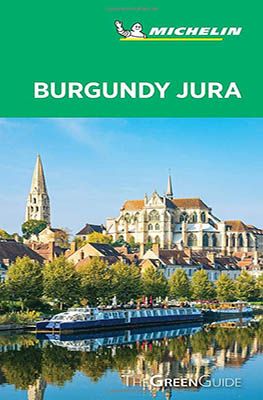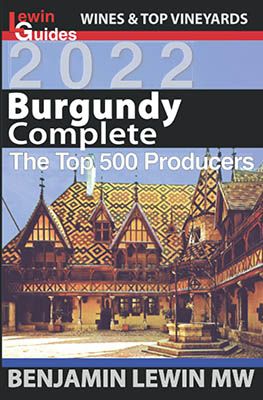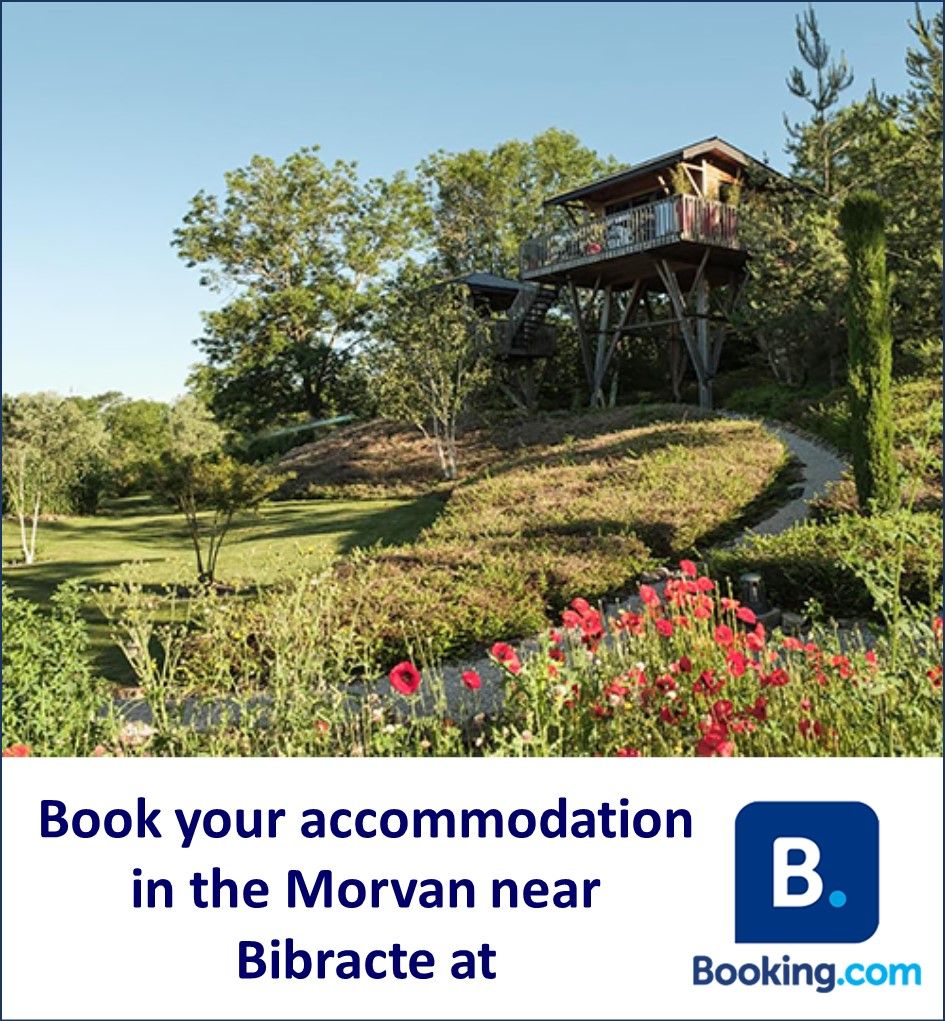Delve into the rich history of Gaul at the top of Mont Beuvray in the Morvan. Here lies Bibracte, once a lively city and a mighty center of the Haedui. Walk through time, explore impressive excavations, and unravel the secrets of the Gauls. Walking around this historic site feels like reading an Asterix comic book, as this is where the Gauls fought against Julius Caesar. Bibracte is now an archaeological treasure trove, where you can admire traces of a fascinating Gallic city from the beginning of the Common Era.
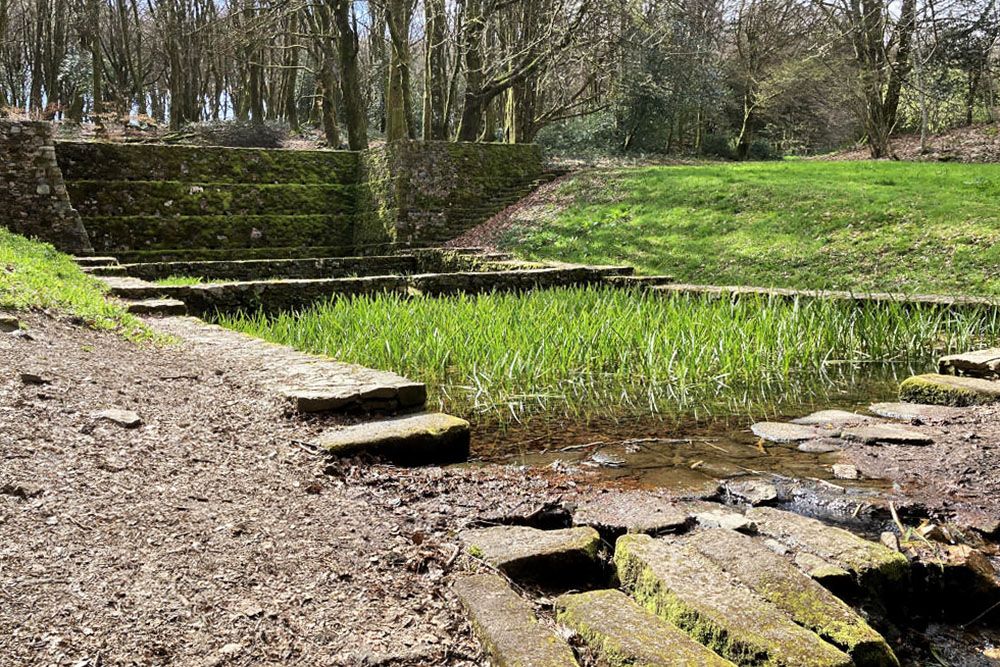
Bibracte: Gallic city on Mont Beuvray
The Gallic city of Bibracte was once the proud capital of the powerful Haedui, a Celtic tribe. In the 2nd century BC, they built a huge fortress city on the hill. It was surrounded by a double wooden, stone, and earth wall. The location was not chosen by chance: Mont Beuvray is one of the highest hills in the Morvan. From the city, the inhabitants had an unrestricted view over the entire area, making it a strategic location that was difficult to attack.
At that time, Bibracte was a large settlement. The area within the walled city was about the size of 400 football fields. At its peak, around 10,000 people lived in Bibracte. They lived in houses with walls of clay on wooden poles. When in danger, farmers from the surrounding area fled here for protection. The city was a bustling trading center, with trade routes running between Celtic Europe and the Mediterranean region. Coins from all over testify to this. In addition, Bibracte was also a political, religious, and industrial center, famous for its metalworking industry.
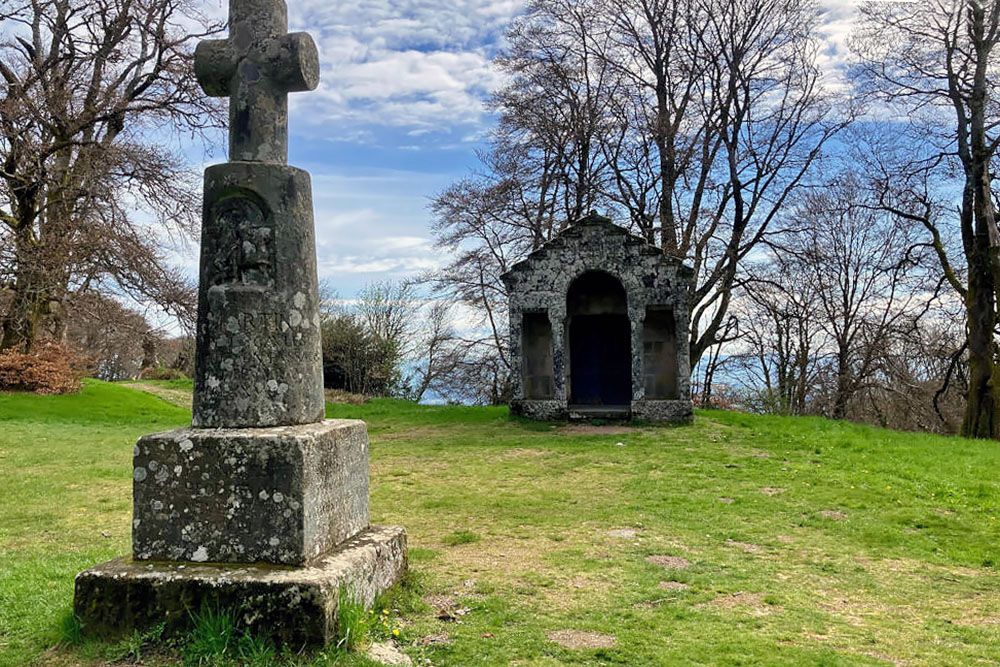
In 52 BC, Bibracte played a key role in the Gallic War. It was here that the rebellious tribes chose Vercingetorix as their leader in the fight against the Romans. However, the Romans managed to conquer Bibracte. After the conquest, a Gallo-Roman settlement with stone houses and a basilica was established in Bibracte. Julius Caesar began writing his famous account of the Gallic War, Commentarii de Bello Gallico, in Bibracte.
Autun
Shortly after the beginning of the Common Era, most of the inhabitants left the city. The Romans had built a new city nearby, Augustodunum. Modern, large, and spacious, it could accommodate many residents. Almost everyone from Bibracte moved to the city now known as Autun. Only a small portion of the original inhabitants remained in Bibracte. Over time, Bibracte fell into oblivion, and nature completely overgrew the once imposing city. The mighty city from antiquity seemed to be forever hidden.
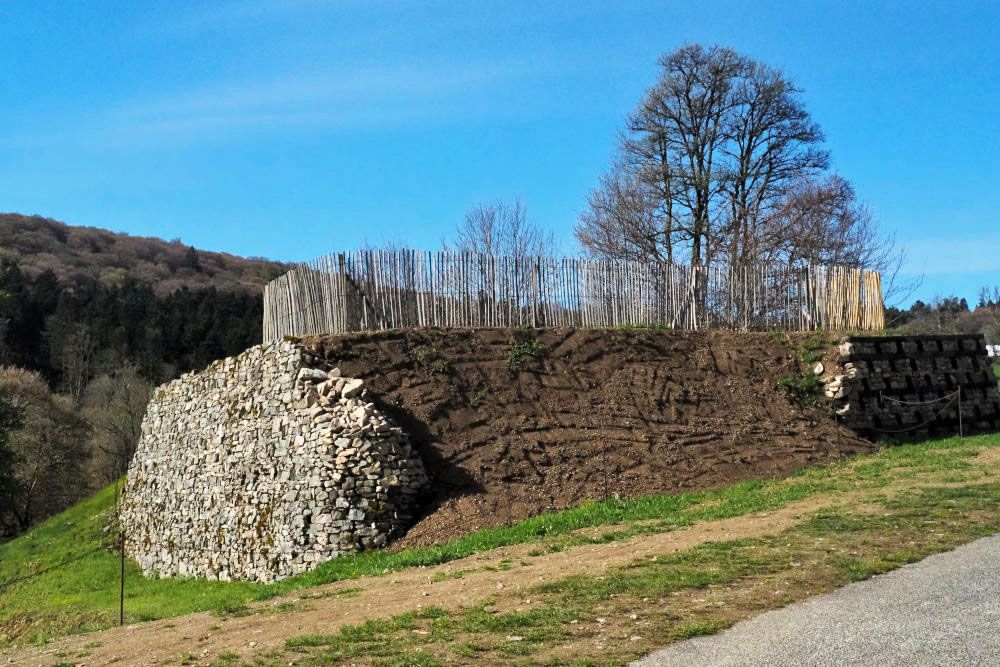
Our visit to Bibracte
During our visit to friends in the Morvan, we also wanted to visit this archaeological site. Although we knew little about it, we had read that Bibracte is one of the highlights of the Morvan. Ultimately, we spent a full day at this site, enjoying the breathtaking view from Mont Beuvray, the excavations, and especially the enthusiastic stories from our guide. And of course, we can’t forget the unique Gallic lunch!
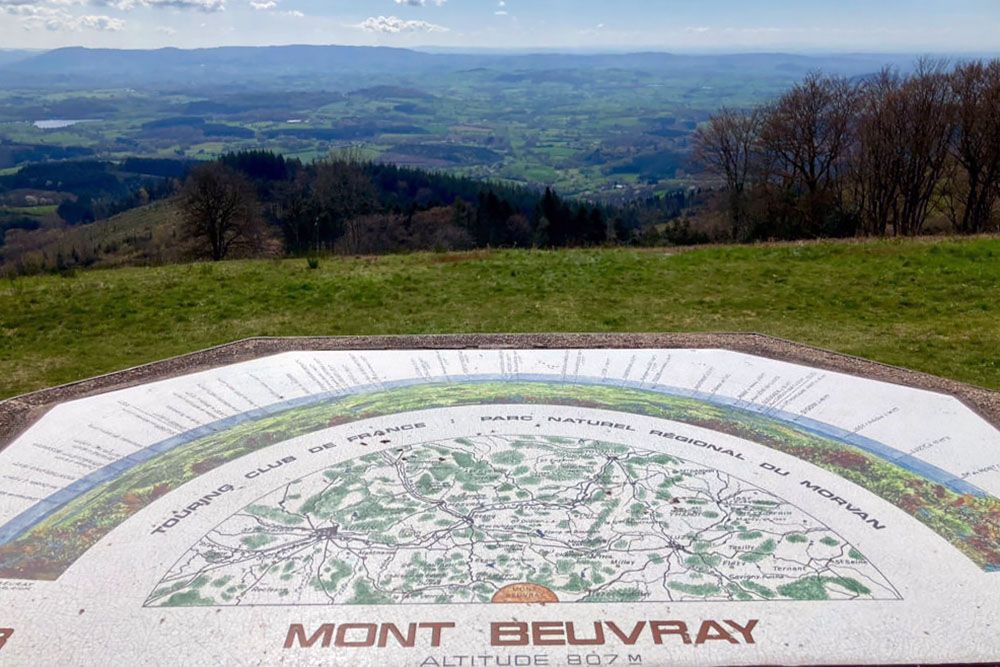
Hike at Bibracte
When we arrive at the parking lot at 9:30 am, we are certainly not the first visitors. Apparently, Bibracte is a popular destination for tourists. First, we take a walk in the area on our own to get a first impression and enjoy the view from Mont Beuvray.
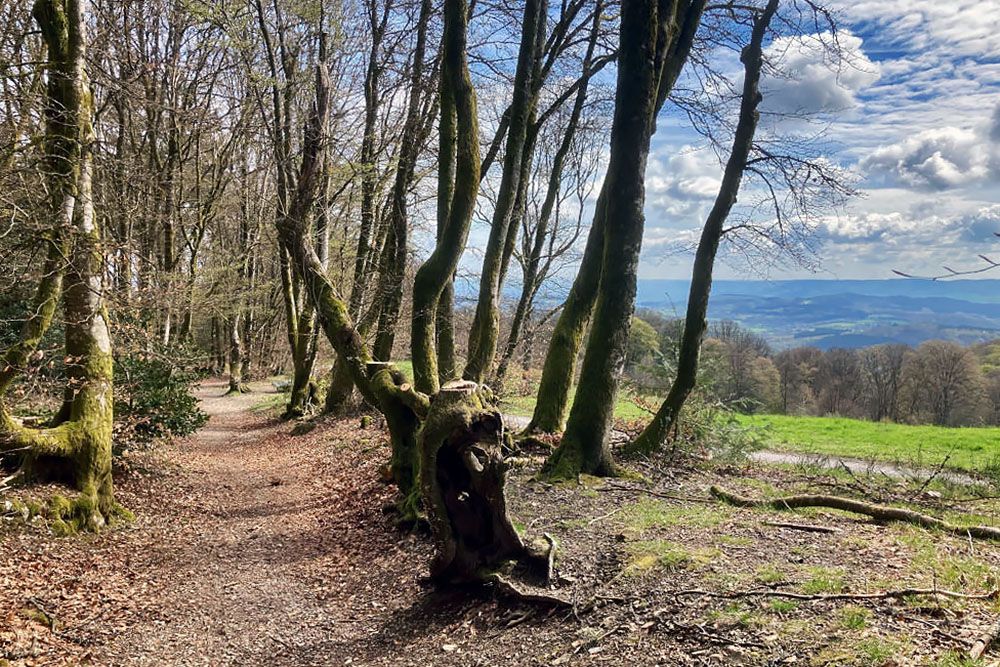
There are three marked trails in the area. We choose the red route, which is over five kilometers long. It follows the path where the fortress walls stood about 2000 years ago. There isn’t much left to see now, except for the rebuilt city gate. However, the route passes through a beautiful wooded area. The hill is covered with 1000 hectares of beech and fir forest. Green as far as the eye can see. The view from the top of Mont Beuvray is fantastic. We can see for miles. Now we understand why the Gauls chose this strategic location. They could see enemies coming from afar.
Consciously, we skip the part where the archaeological finds were made during our walk. We plan to explore that area after lunch with a guide. Then we will better understand what we see and how the city looked during our era.
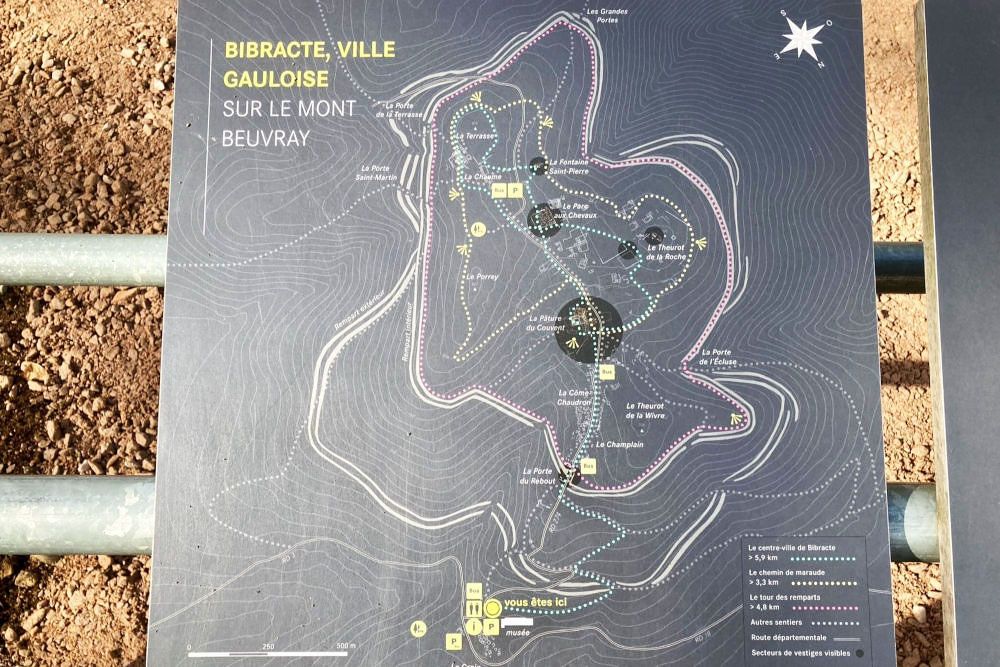
Gallic lunch
The restaurant Le Chaudron is bustling with activity. Many guests are enjoying a unique Gallic lunch at long wooden tables. We join Pascale and John at one of the tables. Pascale is responsible for the development of tourism to Bibracte. John, an Australian native who has been living in the Morvan for a long time, will guide us around the site after lunch.
The lunch itself is an experience. It’s like taking a culinary journey through time. There is a set menu consisting of three courses. Based on information from the excavations, they have determined what the residents ate around the beginning of our era, and the menu is based on this information as much as possible. Legumes, cereals, and lentils were common in the dishes at that time. The Gauls’ meat consisted of poultry and farm animals. They used their own livestock and cooked the meat. They rarely ate game. The dishes were further flavored by aromatic plants and herbs.
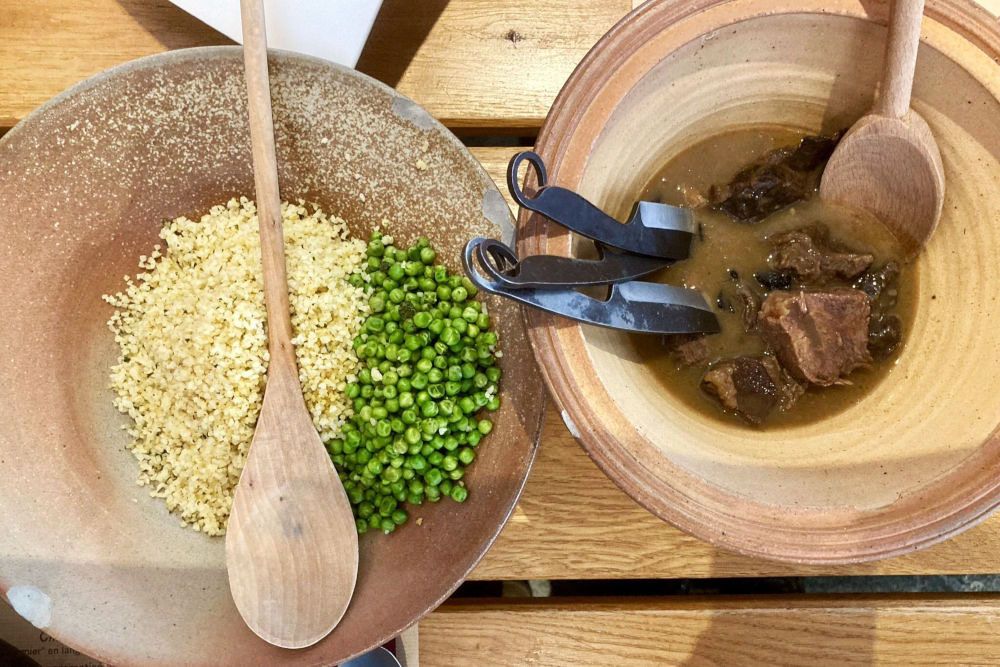
We are served our meals on crockery that is a good replica of the tableware used by the residents centuries ago. The cutlery is also identical: a wooden spoon and a steel knife. There were no forks, as they were not used around the time of the Common Era. We also enjoy a special beer: Cervoise, a drink of the Gauls made from barley, not malt, as is customary now.
It’s a flavorful lunch, the dishes are delicious, well-seasoned, and the Cervoise tastes perfect. Meanwhile, Pascale and John talk extensively about all the excavations that have taken place here since the 19th century.
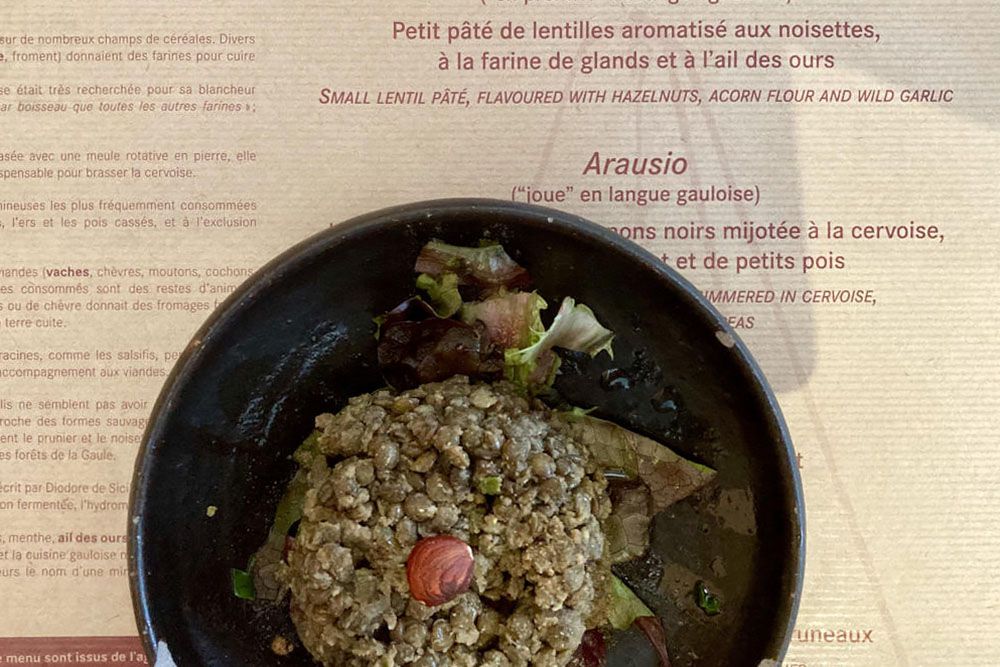
Guided Tour
After lunch, we explore the site with John. His passion and enthusiasm are evident as his voice resonates across the site, punctuated by one interesting story after another. The terrain and the city start to come to life for us.
Scientific excavations on Mont Beuvray began in the mid-19th century. The work was initially halted in the early 20th century but resumed in 1984, with then-French President François Mitterand, a native of the Morvan, being a key initiator. There is still much work to be done, as only about 5% of all buildings and streets have been excavated so far. Every year, archaeologists from across Europe are involved in further uncovering the once crucial city. During our visit, we see archaeologists carefully excavating the earth at various locations.
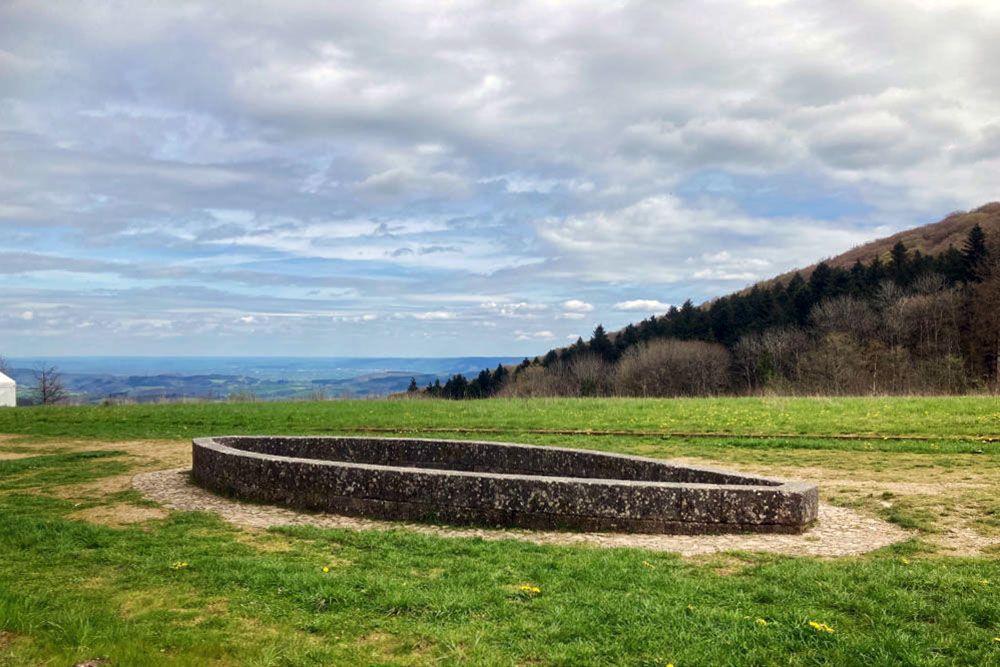
From John, we learn that Bibracte was once a major center for craftsmanship. Around the beginning of the Common Era, workers in their forges produced a wide range of tools, jewelry, coins, and weapons. These items were sold at markets in the region. Bibracte also held an important position as a trading center. Excavations revealed coins from various European regions, indicating Bibracte’s significance as a hub for trading imported goods. We visit the area where Bibracte’s largest shopping street was located, a place where thousands of people did their shopping and exchanged goods.
As we also want to visit the museum, we occasionally have to slow down our guide. We’ve already listened to one interesting story after another for a few hours. This is definitely the added value of having a guide at Bibracte. If we had wandered around the site on our own, many of the mysteries about the city would have remained unclear to us. We sincerely thank John for his entertaining stories and hasten to the museum.
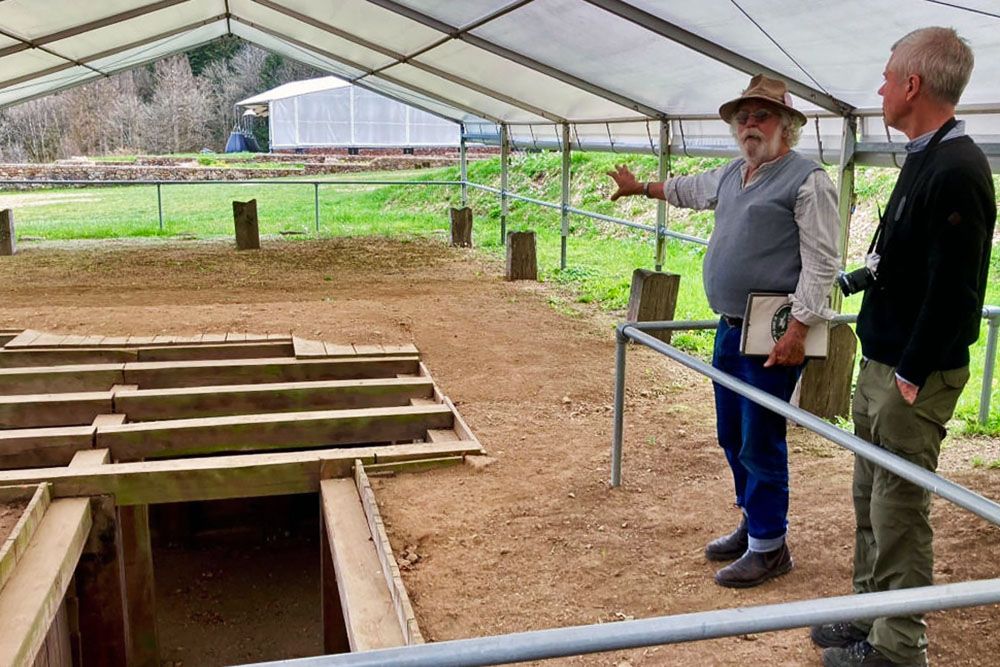
Museum at Bibracte
In a modern building, we find the museum. With an audio guide, we explore the two floors. The museum houses objects from the excavations on the site, including many coins, artifacts, jugs, and jars. In addition, we view various reconstructions and models. Through various multimedia displays, we discover what daily life in Bibracte was like during the Gallic period. It’s fascinating, especially with the stories from the audio guide.
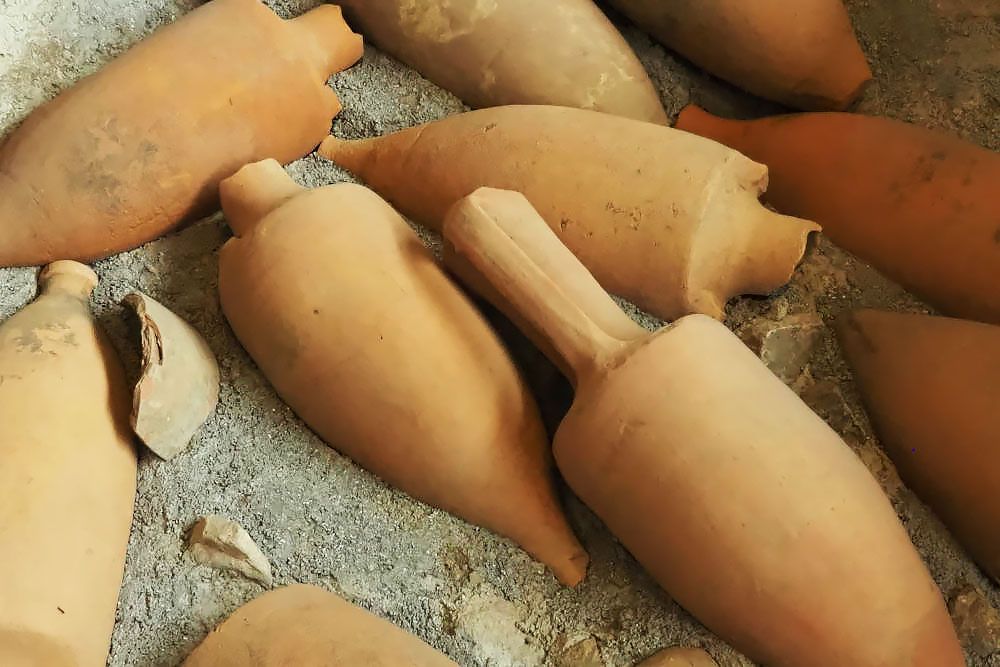
In the museum shop, we naturally purchase a few of those delicious Gallic beers. Then it’s time to leave. We thought we would spend a few hours looking around Bibracte, but it turned into a full day. Thanks to our guide’s stories, the visit will stay with us for a long time.
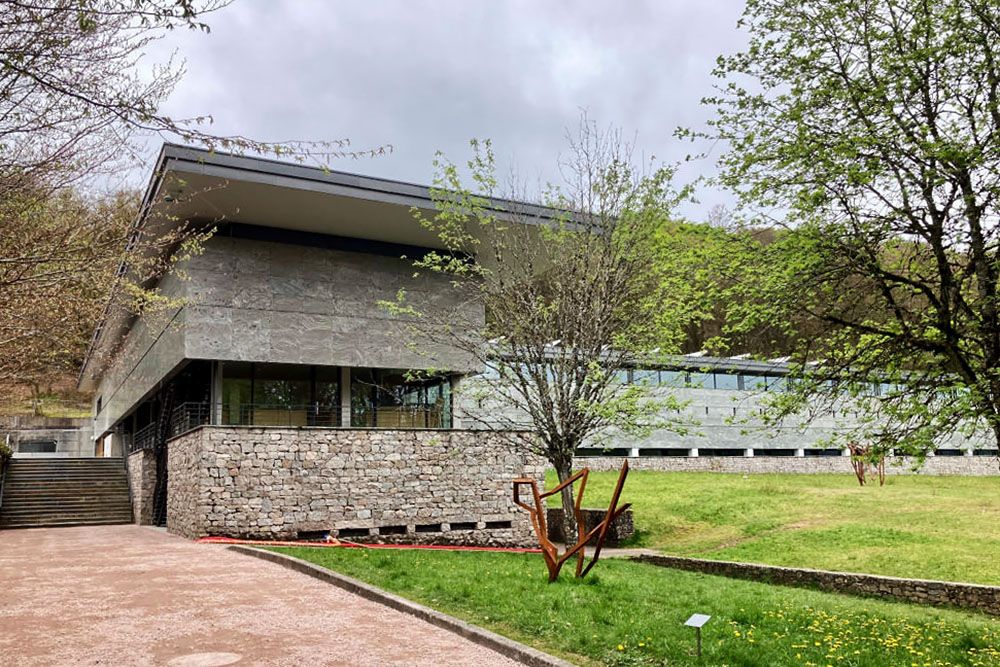
Practicalities for visiting Bibracte
Bibracte is situated on the hill of Mont Beuvray in the southeast of the Morvan region, part of the Burgundy region. The parking lot and the museum are located 4 km from the town of St-Léger-sous-Beuvray on the D3. The site is accessible primarily by (rental) car.
You can visit the archaeological site for free throughout the year. The museum and the restaurant are open from around mid-March to around mid-November. For the exact opening times, refer to the Bibracte website.
Exploring the archaeological site independently is free. However, a ticket is required to visit the museum (€10). A museum visit and a guided tour cost €15. For a complete experience, you can book the "Gaulish Day," which includes a guided tour, museum visit with an audio guide, and a Gaulish lunch at the Le Chaudron restaurant, costing €32.
While it's possible to explore Bibracte independently, a guided tour provides a much better understanding of the ancient city, its size, and its inhabitants. The guides are enthusiastic and share captivating stories. Dutch-speaking guides are available during the high season.
Yes, the Le Chaudron restaurant on-site serves a unique Gaulish lunch menu, which is a delightful experience. Reservations are recommended, and the lunch menu, consisting of three courses, costs €20.
If you are a fan of Tolkien's books, you should actually stay in a hobbit house. The Village Fantastique du Domaine de la Pierre Ronde campsite offers this unique opportunity.
In the region, you will find various gîtes. Additionally, you have the chance to stay with a Dutch owner who has fallen in love with the Morvan due to its tranquility and nature. For example, Haute Dône, a gîte for four people in a beautiful house amidst nature.
If you wish to stay in Vézelay, hotel Sy La Terrasse is definitely the best choice. Located on the square by the Basilica, the room offers a fantastic view of the church. The room is excellent. Other options in Vézelay.
Autun is an ideal base if you want to combine the pleasures of a charming city with the nearby nature. Here are good choices in Autun:
For camping enthusiasts, the natural area offers various possibilities. The Bourgogne Tourism Board has already selected the five best campsites in the Morvan for you.
This is the total range of accommodations in the Morvan.

